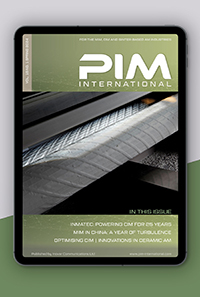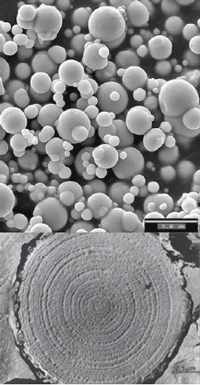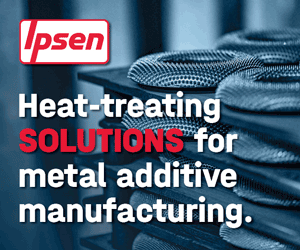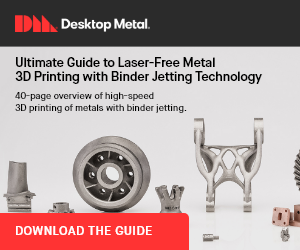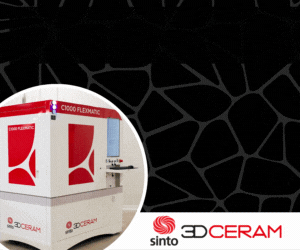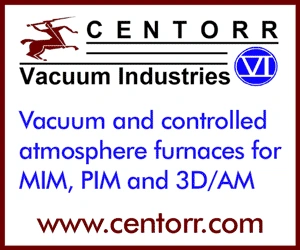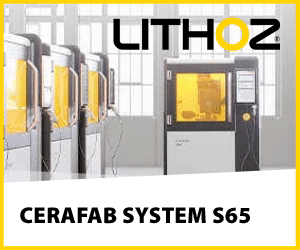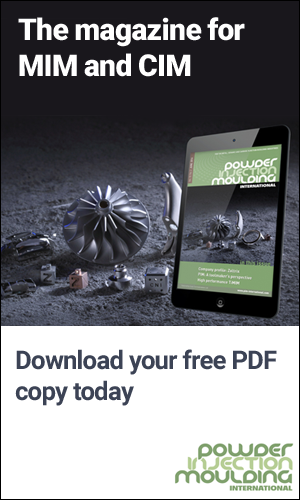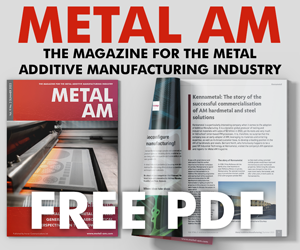Powders for Metal Injection Molding
Metal Injection Molding offers diversity: From stainless steels and low alloy steels to titanium and superalloys
In Metal Injection Molding, particle size distribution is the most important powder characteristic as this determines the sinterability and surface quality of the final product. As a general rule, the finer the powder the better.
Carbonyl iron and nickel powders
Fortunately for Metal Injection Molding technology, very fine carbonyl iron and nickel powders were already in industrial production when the process was developed.
These powders have spherical particles, which is beneficial for good flowability, with particle sizes of less than 10 µm, an order of magnitude finer than the common atomised and reduced iron powders used in uniaxial powder compaction.
Carbonyl iron powder has excellent sintering properties. The small particle size provides a high sintered density, excellent strength and surface texture quality in the final part. The uniform spherical particle shape gives high dimensional accuracy.
Many ferrous MIM alloys are based on carbonyl iron and nickel. Powders are mixed with elemental or master alloy powders to achieve the desired alloy composition.
Water and gas atomised powders
Prealloyed powders are predominantly (but not exclusively) used for high alloy steels, nickel and cobalt base alloys. Alloy powders are usually gas atomised and have a spherical particle shape.
In some cases, water atomised powders with irregular particle shapes are also added.
With the growing demand for fine metal powders, manufacturers have improved their atomising techniques. Today, specialists offer many kinds of high alloy steel powders with less than 10 µm average particle size.
There are a number of well established companies supplying atomised powders for Metal Injection Molding, including producers in Europe, North America and Asia.
> Next page: Binders and Binder Removal Techniques
Download PIM International magazine
